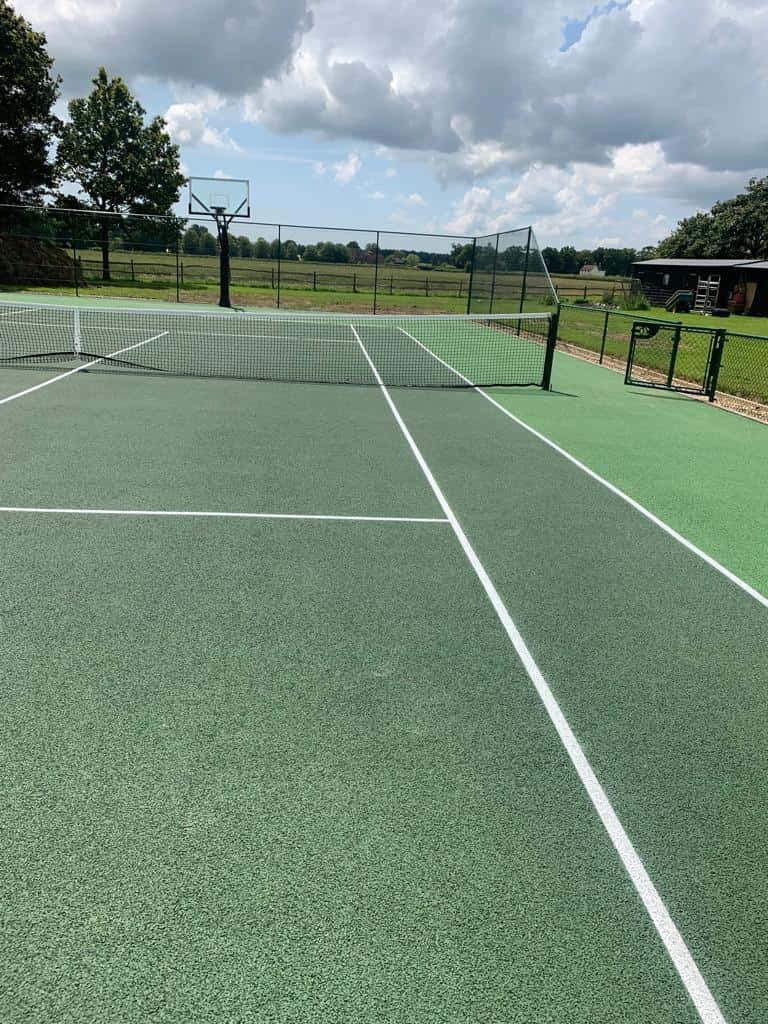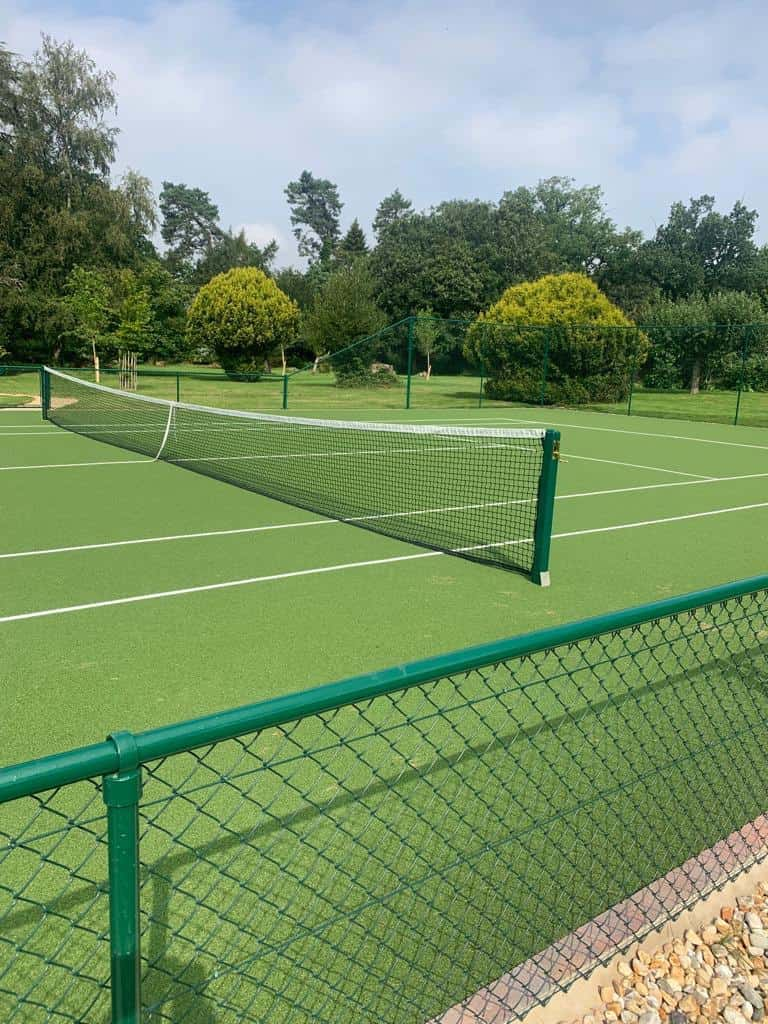Introduction: When refurbishing a tennis court, one of the key decisions you’ll face is choosing the right surface material. Reflective surfaces like acrylic and polyurethane coatings are popular for their aesthetic appeal and performance benefits. However, like any option, they come with their own set of advantages and considerations. This guide explores the pros and cons of reflective surfaces in tennis court refurbishment to help you make an informed decision.
Pros of Reflective Surfaces
- Enhanced Aesthetic Appeal: Reflective surfaces offer a sleek and professional appearance, enhancing the overall look of your tennis court. They come in various colours and finishes, allowing you to customise the court’s appearance to match your preferences or branding.
- Durability and Longevity: Modern reflective coatings are designed to withstand the rigours of frequent play and varying weather conditions. They resist fading, cracking, and abrasion, ensuring long-term durability with minimal maintenance requirements.
- Consistent Ball Bounce: Reflective surfaces provide excellent ball bounce characteristics, offering players a predictable and reliable playing experience. This consistency is essential for competitive play and ensures fair gameplay for all participants.
- Quick Drying and Drainage: These surfaces typically incorporate advanced drainage systems that efficiently channel water away from the court. This feature allows for quick drying after rain, minimising downtime and ensuring continuous playability.
- Ease of Maintenance: Reflective surfaces are relatively easier to maintain than other materials. Regular cleaning and occasional reapplication of surface coatings help maintain their appearance and performance over time.
Cons of Reflective Surfaces
- Surface Temperature: One of the main concerns with reflective surfaces is their potential to absorb and retain heat, especially during hot summer days. This can make the court surface uncomfortably warm for players and affect gameplay.
- Slippery When Wet: While reflective surfaces are designed to be non-slip, they can become slippery when wet. Proper maintenance and anti-slip coatings are required to ensure player safety, particularly in damp conditions.
- Initial Cost: Reflective surfaces tend to have a higher initial installation cost than other materials. However, their long-term durability and performance benefits often justify this cost.
- Environmental Considerations: Some reflective coatings may contain chemicals that could impact the environment during production or disposal. Choosing eco-friendly options and proper waste management practices can mitigate these concerns.
Choosing the Right Surface for Your Tennis Court
When selecting a surface for tennis court refurbishment, consider your specific needs, budget, and local climate. Reflective surfaces are ideal for clubs and facilities seeking a premium appearance, consistent performance, and durability. However, it’s essential to weigh the pros and cons carefully and consult with experienced tennis court construction professionals to make an informed decision.
Conclusion: Reflective surfaces offer many benefits for tennis court refurbishment, including aesthetic appeal, durability, and consistent performance. By understanding the pros and cons outlined in this guide, you can determine if a reflective surface is the right choice for enhancing your tennis court’s functionality and appearance.
Call us on: 01245 945 895
Click here to find out more about Tennis Court Construction Essex
Click here to complete our contact form and see how we can help you with your court’s needs.


